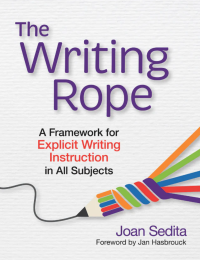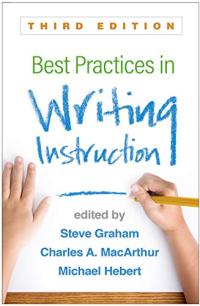
Best Practices in Writing Instruction (Third Edition)
Age Level:
Adult 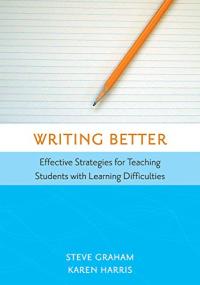
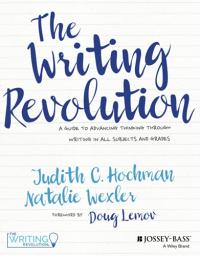
The Writing Revolution
Age Level:
Adult 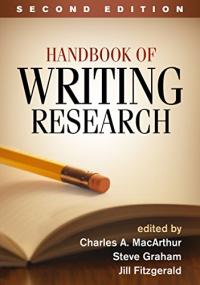
Handbook of Writing Research
Age Level:
Adult 
Powerful Writing Strategies for All Students
Age Level:
Adult 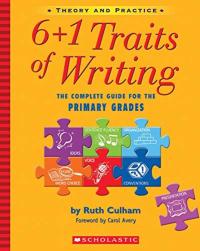
6 + 1 Traits of Writing: The Complete Guide for the Primary Grades
Age Level:
Adult 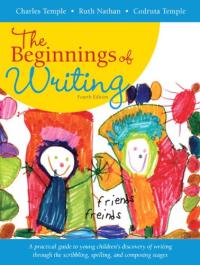
The Beginnings of Writing
Age Level:
Adult 
Teachers Guide to Effective Sentence Writing
Age Level:
Adult Genre:
Nonfiction 
Sentence Composing for Elementary School
Age Level:
Adult 
Writing Matters: Developing Sentence Skills in Students of All Ages
Age Level:
Adult 